Did you know that most drummers play with way too much tension? Tension in drumming can lead to injuries and also make your playing sound stiff. The Moeller technique is an approach to playing the drums that allows you to develop incredible speed but in a relaxed way. Using a whipping motion, you can generate momentum and power without the need to tense your muscles. The benefit of this approach is to generate a beautiful sound from the drum (because of a relaxed grip which lets the stick fully resonate) as well as prevent and heal drumming injuries.
What is the Moeller Technique?
It can be broken down into 3 basic motions: the whip or Down-Stroke, the rebound or tap stroke, and the upstroke.
Download -> the Free PDF Moeller Fundamentals – Jim Chapin Note from 1965
The secret to the Moeller Technique: Learn your fundamentals first
Every outstanding professional in every discipline says the same thing… master your fundamentals. It’s no different in drumming. In order to learn the Moeller Technique you’ll need to learn the fundamentals that few people demonstrate. Everyone shows off their impressive abilities, but rarely will you find someone who will explain the important fundamentals that will actually help you get there.
Learn the fundamentals with the Moeller Technique online course
If you are serious about learning the Moeller Technique, consider signing up for my Moeller Technique online course. The course will guide you step by step first through the fundamental building blocks of the Moeller Technique.
For the price of a single drum lesson, the course includes:
- How to hold your sticks properly in the German Grip, so you can master your fundamentals.
- Over 30 comprehensive video lessons that will allow you to review each exercise until you get them just right.
- Detailed breakdowns of the building blocks that make up the technique, so you can build your skills 1-step-at-a-time without getting lost.
- Clear demonstrations of the important role of each finger and how to use the fulcrum so that you can avoid and heal drumming injuries.
- The 3-Note, 4-Note and 2-Note Moeller exercises, allow you to play any combination of fast accented single strokes.
- Play fast accented 32nd notes.
- Master Wipeout by the Surfaris
Try the Free Moeller Technique Mini-course
For the full course visit for only $30.00: The Full Moeller Technique Course.
More detailed explanations of the 3 fundamental Moeller exercises
After learning the fundamentals from the courses, you can begin working on the 3 basic Moeller Technique Exercises. These exercises are meant to be practised hands separately. Once these 3 exercises are mastered, the technique can be applied to pretty much every rudiment or playing situation.
Exercises:
The 3-note Moeller: Usually played in triplets. This is the first exercise which uses all the elements of the technique. Each tier of the triplet uses a different movement. The first part of the triplet is played as the whip or down-stroke. On the PDF, this stroke is depicted using a white downward-facing triangle for the right hand and a black triangle for the left. The 2nd tier uses the tap or rebound, which is a small circle on the PDF. Finally, the 3rd tier uses the up-stroke which is depicted using an upward-facing triangle.
The 4-note Moeller: This exercise is played in eighth notes or 16th notes because it uses 4 notes. It is the same as the previous exercise, however an extra tap stroke or circle is added.
The 2-note Moeller: this is perhaps the hardest one because it requires more quick and relaxed wrist control. The movement uses only down-strokes and up-strokes.
Moeller Technique Exercises: Putting it all together
The following 2 exercises are a great way to incorporate all three fundamental exercises into one. It’s basically a sequence to be played in 16th notes and then in triplets. It involves walking through the 3 basic exercises in 16th notes and then in triplets. These should be practised hands separately and then in unison together.
16th Note Moeller Flow Exercise:
Triplet Moeller Flow Exercise:
Famous teachers
There are 3 important people to thank for passing on this technique through the ages. Sandford Moeller is the “inventor” of the technique. He did not invent it, but simply learnt it by observing other great drummers at the time. He did develop a system to teach and pass it on. Jim Chapin, his student, is credited for having passed on to the next generation of drummers.
Freddie Gruber
Lastly, Freddie Gruber taught the Moeller technique to a wide list of world-renowned drummers. Freddie Gruber brought another level of subtlety to the technique by focusing on developing the inside of the student’s hand, emphasizing the important role of the different fingers and the wrist.
How I learnt the Moeller technique:
I learnt the technique by studying with the disciples of Chapin and Gruber. I first studied with Jacob Kaye out of Montreal who taught me the basic movements. Jacob had studied with Jim Chapin back in the 1970’s. I eventually hit a wall however and couldn’t reach a high level of speed or relaxation.
Bruce Becker
I eventually came across Bruce Becker, a renowned teacher based in Los Angeles. Becker studied extensively with Freddie Gruber as well as Jim Chapin. Bruce Becker is known for his extremely detailed explanations of the mechanics of the movements. He breaks everything down into clear simple steps that allow you to fully understand and digest the different components that are involved in the movements. Under Becker’s guidance, I finally broke through. Although there is no end to where you can take the technique, I can finally say that I’ve finally mastered the fundamentals. I can use and understand it in the context of my own drumming as well as pass it on to my own students.
Warning: Why you won’t learn the Moeller Technique on YouTube alone
The previous information is widely available on YouTube, however, the hard truth is, that you probably won’t be able to learn it properly by simply following these exercises. the reason is that these exercises are actually a mixture of several other techniques that need to be broken down into bite-sized chunks. You might be able to get it down to a certain extent, but you will eventually hit a wall.
Building Blocks
An example of the building blocks of the Moeller technique includes determining the correct placement of the stick within your hand. in other words, where the stick rests inside the hand and which fingers play an active role in holding it. Another prerequisite is rebound, you need to have a solid understanding of rebound and so before diving into the Moeller technique you will need to learn various exercises on rebound.
Find a good teacher
The blunt old-fashioned reality is that if you are serious about learning this technique, find a teacher who will show you the steps. I have passed on the technique to many drummers in Montreal and through Skype lessons around the world. Don’t hesitate to get in touch!
Elijah is a university-educated drummer with extensive experience for both teaching and musical performance. Since completing his Bachelor of Music degree at Concordia University in 2010, he has played music across each province in Canada and in more than 20 countries around the world. He is also the founder of musiprof.com, an online resource that allows students to find great teachers in Montreal.

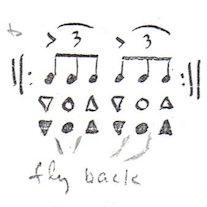
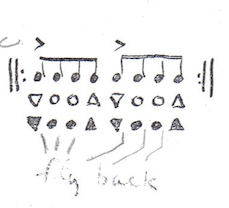
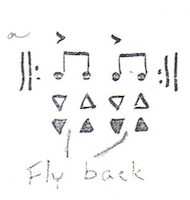
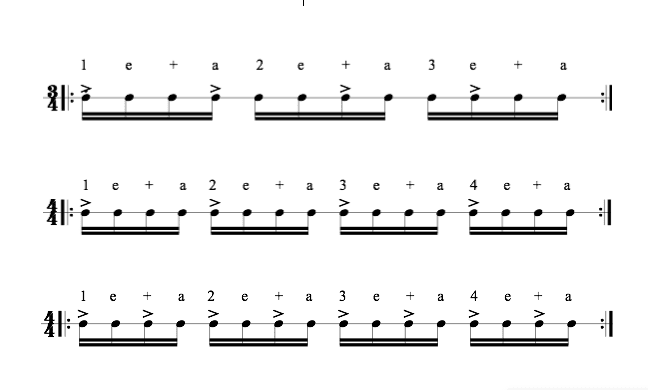
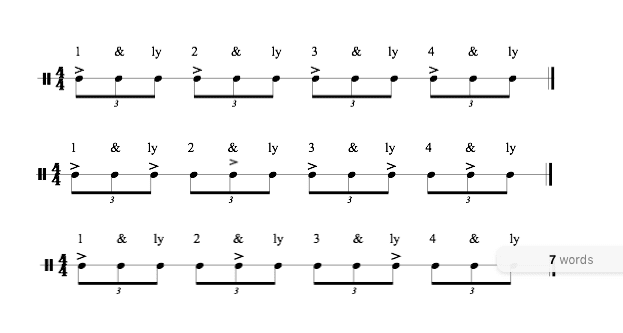



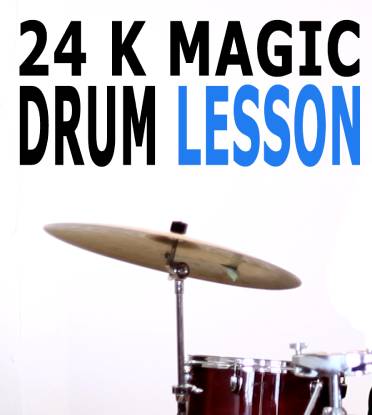
Pingback: Uptown Funk Drums Sheet Music - Musiprof
Pingback: How to Develop a double stroke roll - Step by Step exercises with videos
Pingback: Herta Rudiment - Learn the 3 and 4 Note Herta with the Moeller Technique
Pingback: Trading Fours - Master Your Drum Solos - Jazz Drumming Lesson
Pingback: Drummer Tendonitis - How to Fix it and Play Better than Before